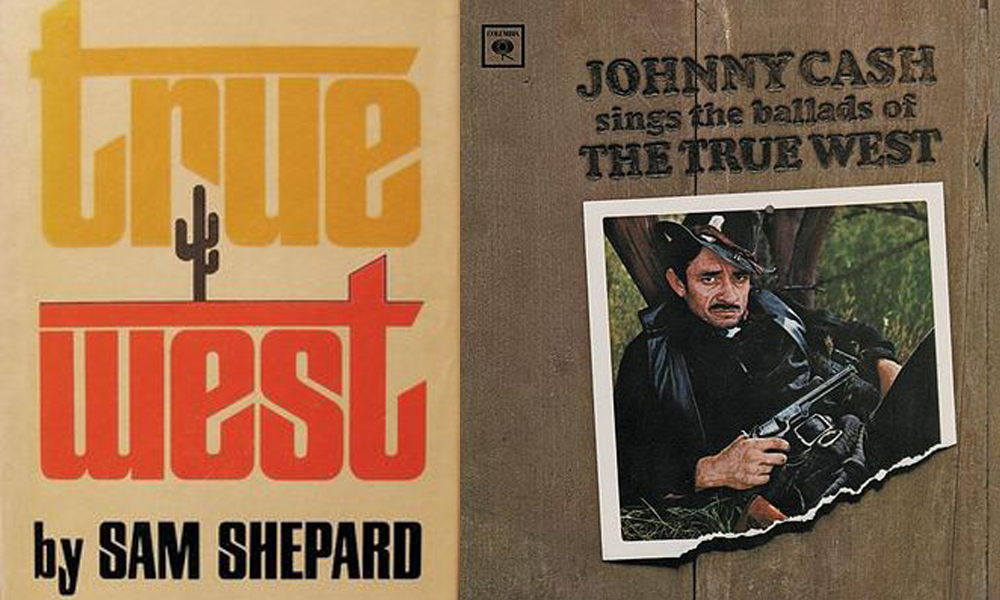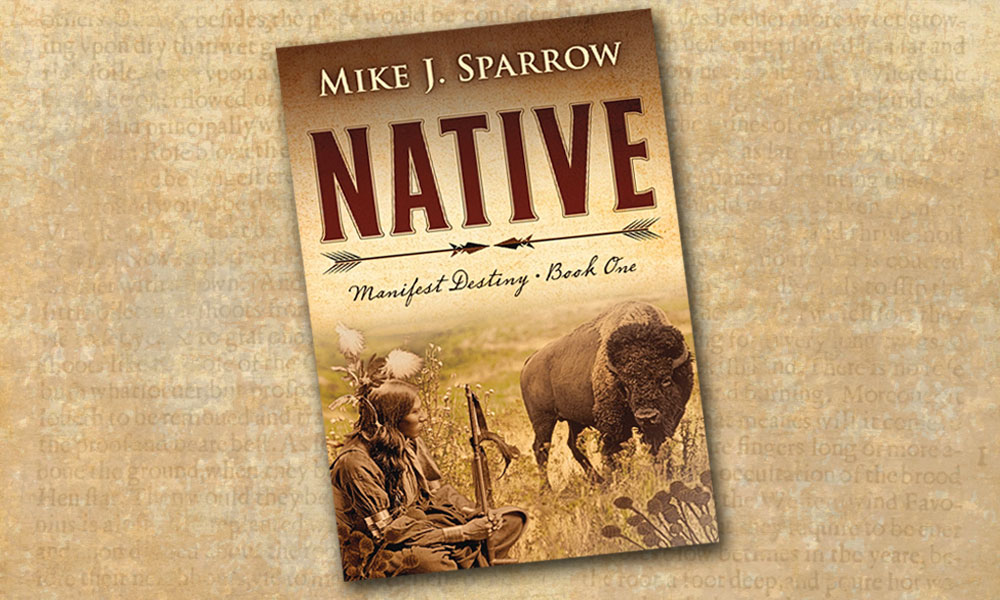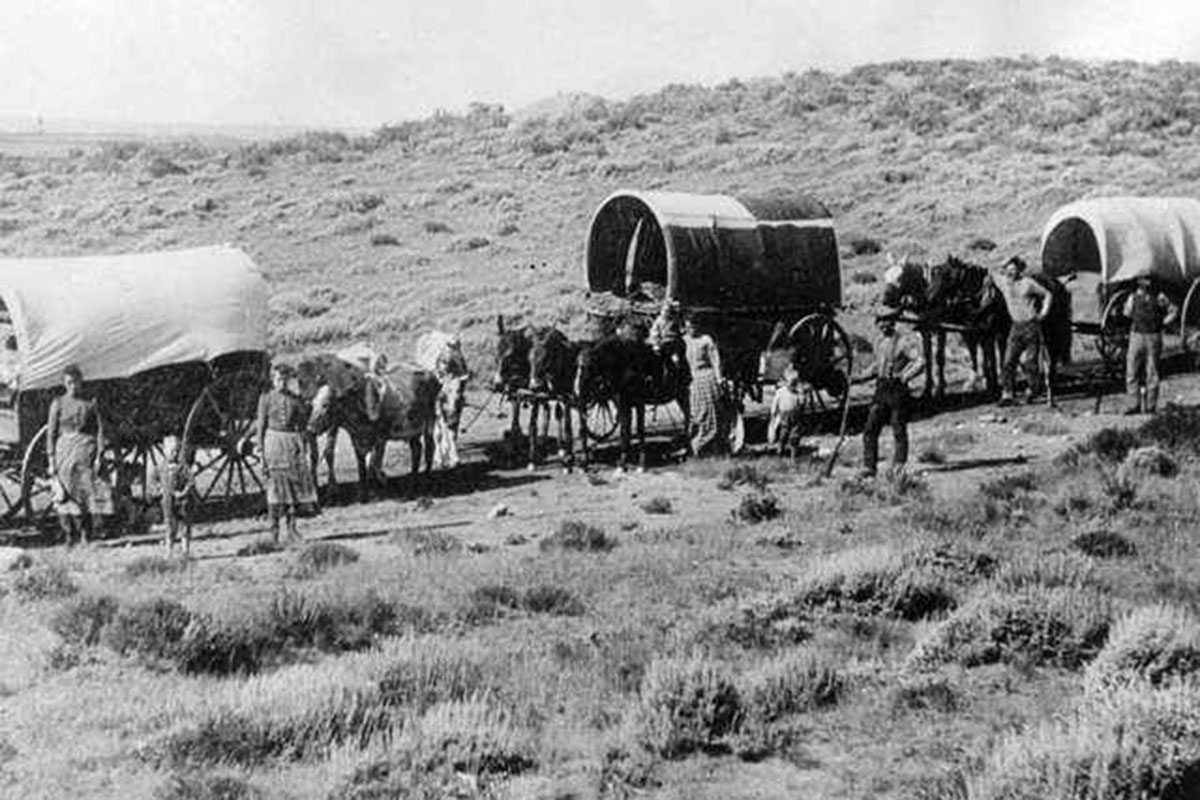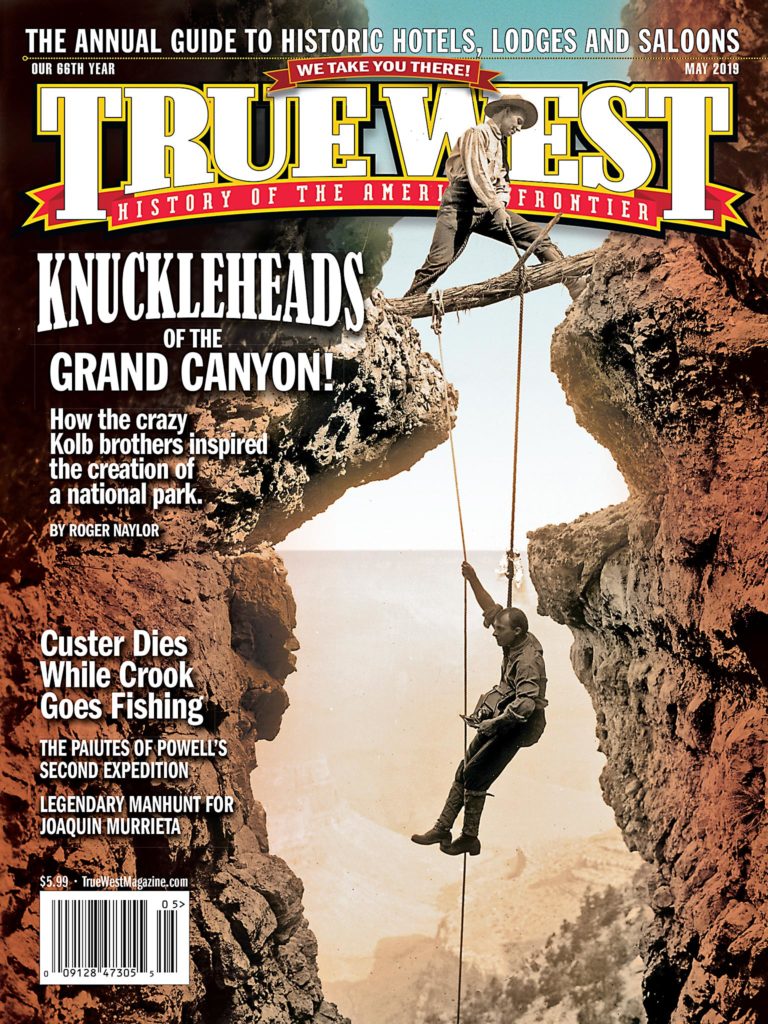Did ballistics forensics ever come into play in solving crimes in the Old West?
David Aufiere
Columbia, Louisiana
Ballistics science has been around since the 1500s. Prior to the advent of mass production firearms, when each gun was handmade, it was possible to identify the bullet fired by a particular weapon. The first documented case was in 1835 in London; police were able to get a conviction when they matched the bullet found at a murder scene to the mold used by a suspect. The same guy had a barrel that matched the bullet.
That all changed when manufacturing replaced hand tools, making the ability to compare bullets impossible.
It was not until 1915 that forensic ballistics came into play. Charles Stielow was convicted of murder, but the governor of New York wasn’t convinced Stielow was the killer. The execution was postponed until the firearm could be further examined. When it was, scientists determined Stielow’s gun couldn’t have fired the fatal bullets and he was freed.
In 1925, Calvin Goddard and Phillip Gravelle invented the comparison microscope, which modernized the forensic evaluation of firearms.
So, to answer your question, by the time forensic ballistics gained respectability, the Old West was just a fond memory.
Marshall Trimble is Arizona’s official historian and vice president of the Wild West History Association. His latest book is Arizona Outlaws and Lawmen; The History Press, 2015. If you have a question, write: Ask the Marshall, P.O. Box 8008, Cave Creek, AZ 85327 or email him at marshall.trimble@scottsdalecc.edu.






